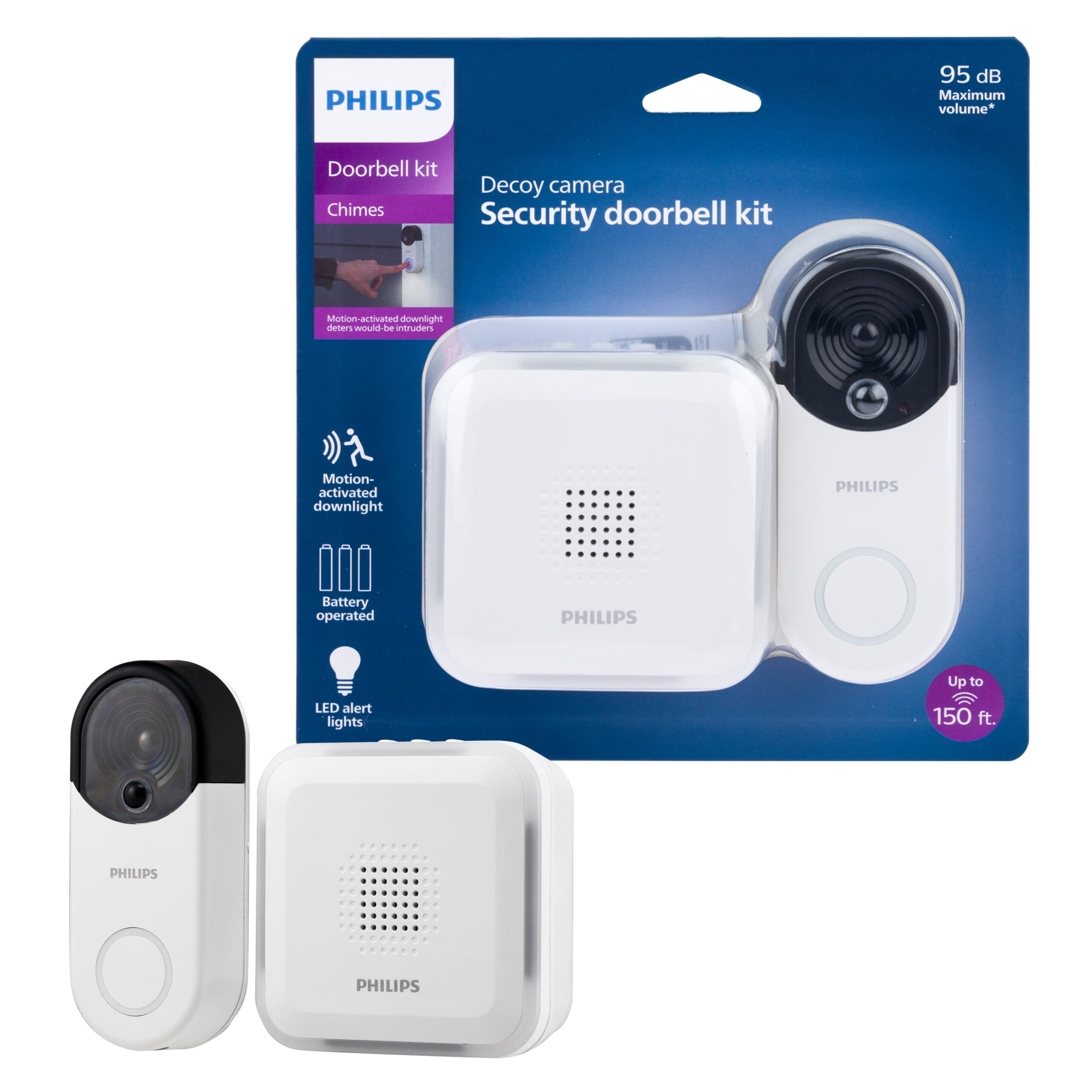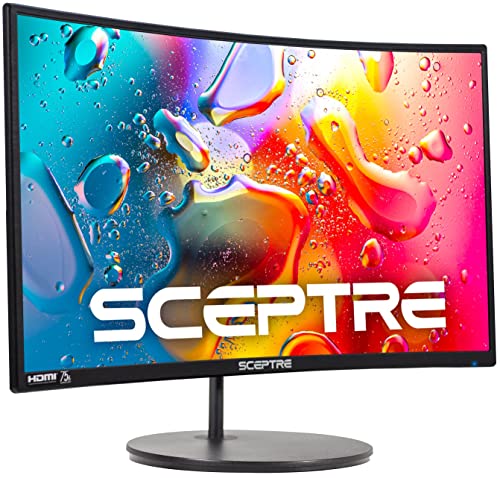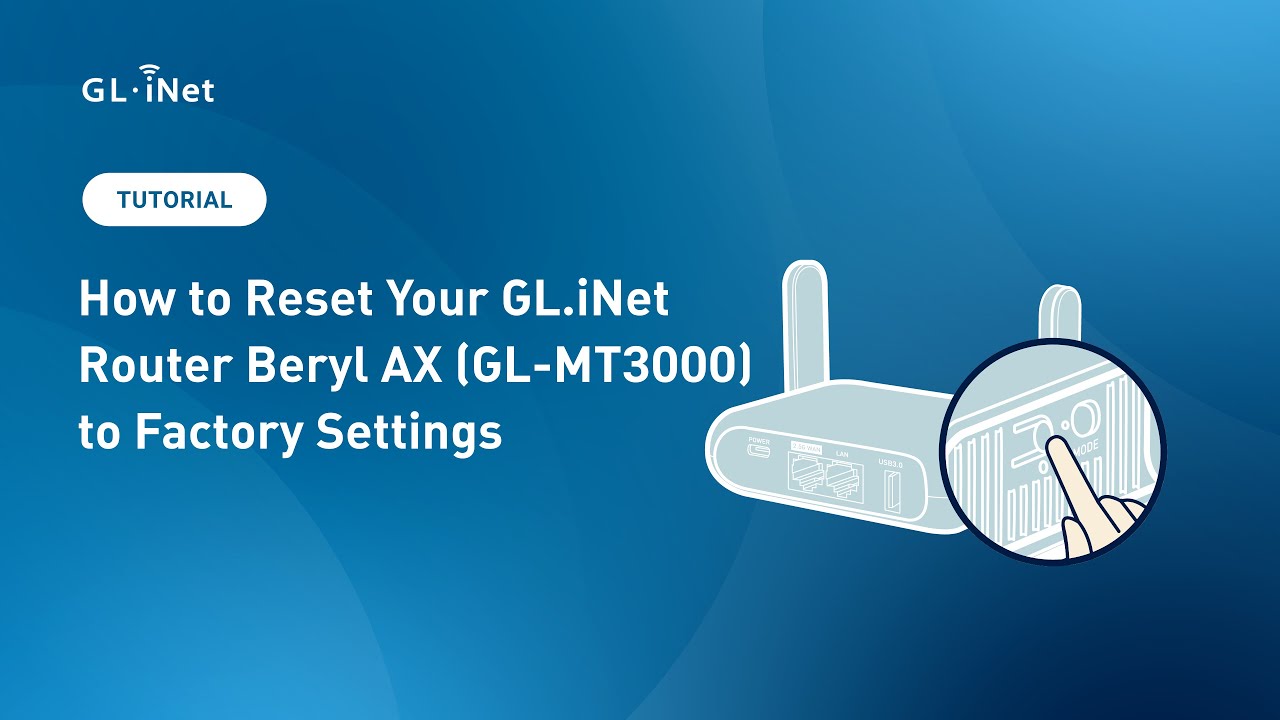Have you ever bought a smart device only to find it doesn’t work smoothly with your other gadgets? Frustrating, isn’t it?
Understanding smart device compatibility can save you time, money, and headaches. Imagine effortlessly connecting your phone, home assistant, and security system without any glitches. This article will guide you through what smart device compatibility means and how to make sure your devices play well together.
Keep reading—your future setup depends on it.

Credit: www.aartech.ca
Choosing Compatible Devices
Smart devices can work well together if they are compatible. Choosing devices that match your needs helps them connect smoothly.
Before buying, check if your new device fits with your current system. This saves time and avoids frustration.
Key Compatibility Factors
Look for devices that use the same wireless technology. Wi-Fi, Bluetooth, and Zigbee are common types.
Check the device’s app or control system. It should work on your phone or smart hub.
- Wireless protocols (Wi-Fi, Bluetooth, Zigbee)
- Operating system support (iOS, Android)
- App or hub compatibility
- Supported voice assistants
Popular Smart Device Ecosystems
Some brands build smart devices that work best with their own systems. These are called ecosystems.
Examples include Apple HomeKit, Google Home, and Amazon Alexa. Each has many devices made to connect easily.
- Apple HomeKit: Works with iPhone and Siri
- Google Home: Uses Google Assistant and Android
- Amazon Alexa: Controls many third-party devices
Cross-platform Devices
Some devices work with more than one ecosystem. These are called cross-platform devices.
They give you more options and can connect to different smart hubs and voice assistants.
- Smart bulbs that work with Alexa and Google Assistant
- Security cameras compatible with iOS and Android
- Smart plugs that support multiple voice controls
Connecting Devices
Smart devices need to connect well to work properly. Many ways exist to link these devices. Understanding the best ways helps you set up your smart home easily.
Choosing the right connection method can save time and improve device performance. It also helps devices talk smoothly with each other.
Wi-fi Vs Bluetooth
Wi-Fi and Bluetooth are two popular ways to connect smart devices. Each has its own strengths and limits.
Wi-Fi works well for devices that need strong internet access. It covers larger areas but uses more power. Bluetooth uses less energy and works best for close-range links.
- Wi-Fi covers wider areas and connects to the internet
- Bluetooth is good for short distances and low power use
- Wi-Fi supports more devices at once
- Bluetooth pairs devices quickly and easily
Zigbee And Z-wave Protocols
Zigbee and Z-Wave are wireless protocols for smart home devices. They help devices communicate without Wi-Fi or Bluetooth.
These protocols use less power and create mesh networks. This means devices pass signals to each other, increasing range and reliability.
- Zigbee works on 2.4 GHz frequency and supports many devices
- Z-Wave uses lower frequencies and has less interference
- Both protocols create networks where devices help each other
- Good for lights, sensors, and security devices
Setting Up Hubs And Bridges
Hubs and bridges connect different smart devices and protocols. They act as a central point for communication.
Hubs often control many devices in one place. Bridges connect devices that use different protocols, like Zigbee to Wi-Fi.
- Hubs manage devices and allow control from one app
- Bridges link devices that use different wireless types
- Both improve device compatibility and network range
- Setup usually involves connecting to your Wi-Fi network
Troubleshooting Integration Issues
Smart devices sometimes face problems when connecting to other gadgets. These issues can stop devices from working well together.
Fixing these problems helps your smart devices work smoothly and saves time.
Common Connection Problems
Devices may not connect because of weak Wi-Fi signals or network errors. Interference from other electronics can also cause trouble.
Wrong passwords or outdated apps can block device pairing. Sometimes, devices are just too far apart to communicate properly.
- Weak or unstable Wi-Fi connection
- Incorrect device pairing settings
- Interference from other wireless devices
- Outdated or incompatible apps
- Devices placed too far apart
Firmware Updates And Compatibility
Firmware is software inside smart devices. It helps devices run and connect with others. Old firmware can cause problems.
Check for firmware updates often. Updates fix bugs and add new features. They also improve device compatibility.
- Go to device settings to check for updates
- Install updates when available
- Restart device after update
- Confirm device supports all connected gadgets
Resetting And Re-pairing Devices
If devices still do not connect, reset them to factory settings. This clears old data that may block pairing.
After reset, pair devices again. Follow the instructions carefully to ensure a fresh start and proper connection.
- Find reset option in device settings
- Perform factory reset
- Turn devices off and on
- Pair devices using correct steps

Credit: www.youtube.com
Optimizing Smart Home Performance
Smart devices work best when they connect well and run smoothly. Good setup helps your smart home work faster and better.
Here are ways to improve how your smart devices perform in your home.
Network Stability Tips
A strong and steady network is key for smart devices. It stops delays and keeps devices connected.
Use these tips to keep your network stable and reliable.
- Place your router in a central spot in your home
- Use a dual-band router for better device support
- Update your router’s firmware regularly
- Limit the number of devices using the network at once
- Consider a mesh network for large homes
Managing Device Interference
Smart devices can have trouble if other electronics cause interference. This can slow down or block signals.
Reduce interference to keep your devices working well.
- Keep smart devices away from microwaves and cordless phones
- Use devices that support newer Wi-Fi standards
- Change Wi-Fi channels to avoid crowded frequencies
- Limit Bluetooth device use near smart home hubs
- Place devices at least a few feet apart
Power Management Strategies
Smart devices need steady power to work well. Power issues can cause devices to reset or stop working.
Follow these steps to manage power for your smart home devices.
- Use surge protectors to protect devices from power spikes
- Check power adapters and cables for damage
- Avoid overloading power outlets with many devices
- Use battery backups for critical devices
- Turn off unused devices to save power
Future Trends In Smart Device Integration
Smart devices are becoming more common in daily life. Their ability to work well together is very important.
New trends show how smart devices will connect and interact in the future. These trends focus on better compatibility and smarter functions.
Emerging Standards
New rules and protocols help devices talk to each other easily. These standards make setup simple and improve security.
Common standards create a shared language for devices from different brands. This helps users mix and match devices without problems.
- Universal connectivity protocols
- Enhanced security measures
- Better energy efficiency standards
Ai And Automation Advances
Artificial intelligence helps devices learn user habits. This makes automation smarter and more useful.
Smart devices can work together to perform tasks without user commands. This saves time and effort.
- Voice control improvements
- Predictive behavior based on usage
- Automated device coordination
Expanding Device Ecosystems
The number of smart devices is growing fast. More types of devices join the network every year.
Devices from home, work, and outdoors will connect. This creates a larger and more useful ecosystem for users.
- Smart home appliances
- Wearable health devices
- Connected vehicles and outdoor gear

Credit: hardwired.pbtech.co.nz
Frequently Asked Questions
What Devices Are Compatible With Smart Home Systems?
Most smart home systems support devices using Wi-Fi, Zigbee, or Z-Wave protocols. Common compatible devices include smart bulbs, thermostats, cameras, and locks. Always check the product specifications to ensure compatibility with your existing smart hub or voice assistant.
How To Check If A Device Supports Smart Compatibility?
Check the product details for compatibility with major smart hubs like Alexa, Google Assistant, or Apple HomeKit. Look for supported protocols such as Wi-Fi, Zigbee, or Z-Wave. Manufacturer websites and user reviews often provide clear compatibility information.
Can Smart Devices From Different Brands Work Together?
Yes, many smart devices from different brands can work together if they support common protocols or platforms. Using a central hub or voice assistant like Alexa or Google Assistant helps integrate devices for seamless control across brands.
Does Smart Device Compatibility Affect User Experience?
Absolutely. Compatible devices provide smooth setup, reliable connectivity, and unified control. Incompatible devices may cause connection issues or limited functionality, impacting overall user satisfaction and system efficiency.
Conclusion
Smart device compatibility enhances our digital experience. It connects devices seamlessly. This connection improves convenience and efficiency. Users enjoy better control and flexibility. Compatibility ensures devices work together smoothly. It reduces frustration and enhances user satisfaction. Choosing compatible devices saves time and effort.
It simplifies your tech setup. Embracing compatibility makes life easier. It helps manage multiple devices effortlessly. A well-connected environment supports a smarter lifestyle. Stay informed about device compatibility. Make wise choices for your digital needs. Enjoy the benefits of a connected world.
15 min read





